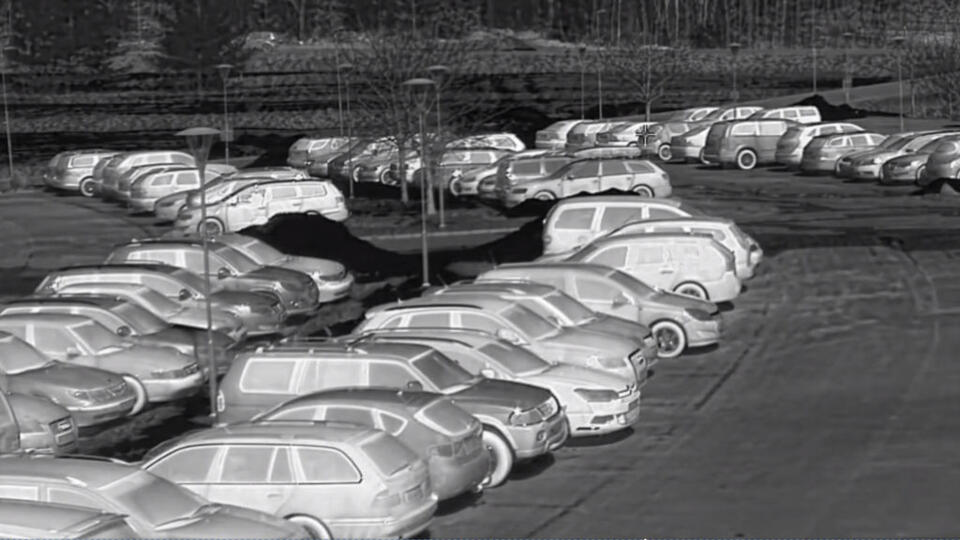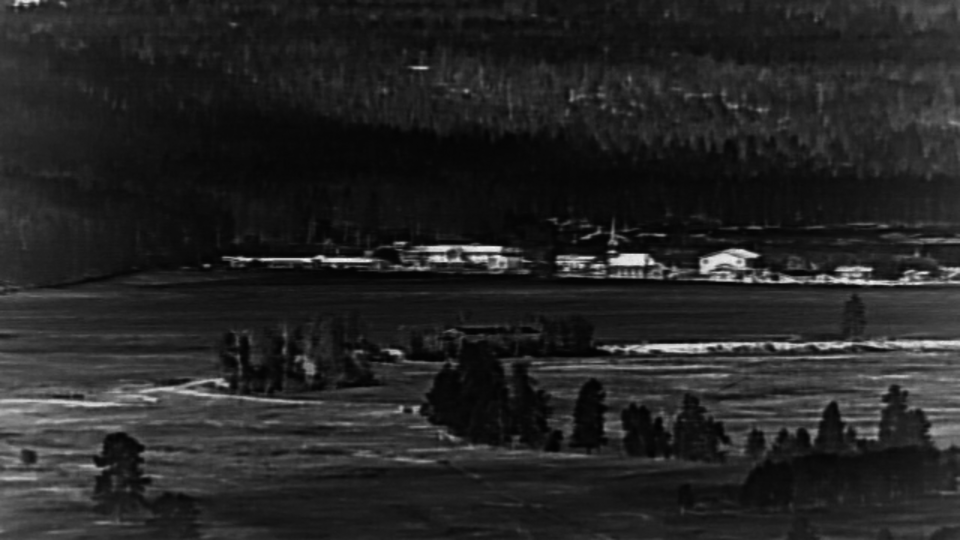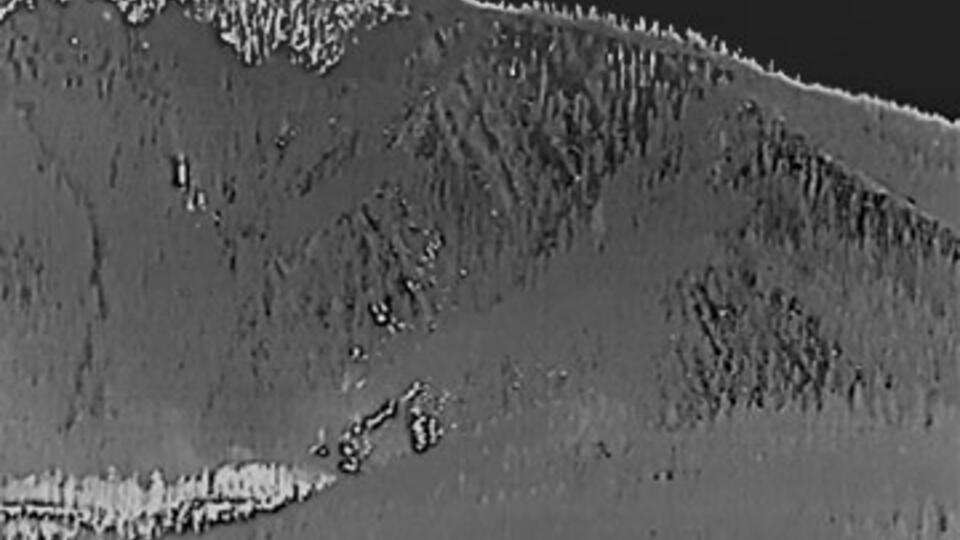Thermal Infrared Imaging (FLIR) Explained
Thermal imaging (a type of infrared imaging) uses cameras that “see” heat instead of light. Sometimes referred to as FLIR cameras, they produce an image that portrays objects using their radiated heat instead of their visible properties.
So how does thermal imaging see heat? All objects warmer than absolute zero (-273°C/-459°F) emit infrared radiation in the MWIR and LWIR wavelengths (3µm–14µm) in an amount proportional to the temperature of the object. Thermal imaging focuses and detects this radiation, then translates the temperature variations into a greyscale image, using brighter and darker shades of grey to represent hotter and cooler temperatures, which gives a visual representation to the heat profile of the scene. Many thermal imagers can also apply color profiles to these images, showing hotter objects as yellow and cooler objects as blue for example, to make it easier to compare temperatures in the image.
In order to “see” radiated heat, special lenses and sensors are needed to focus and detect electromagnetic radiation in the MWIR (mid‑wave infrared) and LWIR (long‑wave infrared) ranges.
LWIR & MWIR Thermal Cameras
To detect thermal energy, special FPAs (Focal Plane Arrays) are required. These can be divided into two types, cooled and uncooled detectors.
Cooled detectors exist to maximize detection performance. Since we’re detecting radiated heat, any heat from the camera components themselves makes it harder to see the image of the scene. Both our high-definition MCT (Mercury Cadmium Telluride or HgCdTe) sensors and our Indium Animonide (InSb) sensors incorporate a cryogenic cooling system to reduce the “noise” from the heat of the internal camera components and the sensor itself. This allows for detection of thermal energy with an accuracy as fine as 0.025°C.
Uncooled detectors are also available which are more affordable and compact due to the lack of a cryogenic cooler. We use vanadium oxide (VOx) detectors in our uncooled cameras and combine them with wide aperture lenses to maximize their performance (see below).
Lenses For Thermal IR Cameras
For visible light, glass lenses are typically used to focus light on a camera sensor, however glass is not transparent to thermal radiation. Instead, thermal lenses are constructed from a special metal called Germanium (Ge). This is a relatively rare element and thus is quite costly, with raw prices often as high as $2000 per kilogram. Depending on the type of sensor, lenses of different specifications are required.
Our cooled sensor thermal cameras are designed to have the best long-range detection. We have a wide variety of long-range continuous zoom lenses, allowing the operator to smoothly transition between wide angle and long range. Our germanium lenses are available in lengths of up to 1400mm, allowing us to reach detection ratings of over 50km.
Since uncooled thermal imagers are inherently less sensitive than cooled sensors, we maximize the quality of those images by using lenses with an extremely wide aperture of ƒ/1.0. This wide aperture allows more thermal energy through to the sensor for detection; twice as much energy as that of a lens with an aperture of ƒ/1.4, or four times as much as ƒ/2.0 (if you’d like to understand how those numbers work, see this excellent explanation of how f-stops are measured: http://www.uscoles.com/fstop.htm).

No Illumination Needed
Most cameras require a light source to create an image. But since thermal energy is naturally emitted radiation, a thermal imager is able to “see” the environment regardless of lighting conditions. This passive technology can be used in complete darkness without the need for an illuminator, making it an extremely covert and versatile solution.
Detect Threats at Long Range
Humans, animals and vehicles are typically warmer than their environment, providing a high contrast that allows for fast wide-angle detection of threats from a much further distance (sometimes up to 50km) than what can be achieved with optical imaging.
This silent video demonstrates how much easier it is to detect and track people (because of their heat) with thermal imaging.

Consistent Day/Night Coverage
A visible camera’s image quality is dependent on good lighting conditions, and in areas where contrast is poor or dynamic range is too wide, visible cameras can become practially useless. Thermal, however, is completely immune to changes in light, allowing it to see consistently in any lighting environment for true 24/7 day/night imaging.


See Through Smoke & Light Fog
Thermal energy passes through many visible obscurants including smoke, dust, light fog, and light foliage. The comparison image shown here demonstrates how effective this can be when viewing a forest fire.
In addition, the precise temperature differences that thermal imaging detects can sometimes reveal objects underneath the surface of other materials, such as joists behind a wall or items under clothing, since they affect the temperature of the surface material.
Disadvantages of Thermal Imaging
While thermal imaging has many great advantages, it’s not a perfect or complete solution for every situation. Here are some limitations you should be aware of with thermal technology.
Can’t See Through Glass
Since glass emits its own heat and is also partially reflective of thermal energy, thermal imaging is unable to see through glass, which means thermal cameras can not see through building or vehicle windows and cannot be installed behind a window looking out.
*MWIR cooled thermal cameras can sometimes partially see through some types glass, but even in those cases it’s very limited in contrast.
Doesn’t Show Visible Contrast
Thermal imaging relies on contrasting temperatures to clearly define objects, whereas humans are used to using contrasting colors and shadows to see definition in objects. This can make thermal imaging less effective in situations where definition is expected but the surface temperatures of objects are very uniform, such as printed text and images.
Can’t Identify People
Humans also look very different in a thermal image, and lack the shadows and highlights that we use to see the shape of someone’s face. Additionally, at long ranges thermal imaging often lacks the resolution needed to identify a person. So while thermal makes humans easy to detect, it is not an effective method for identifying individuals.
*Please see our whitepaper on DRI ratings to properly understand what “detection” means in thermal camera ratings.
Limited Resolution / High Cost
Thermal sensors for security purposes are often limited to a resolution of 640×480, which is much lower than most current visible sensors. Higher resolution thermal sensors are available, but at a much higher cost than visible camera equivalents. However, it’s also important to know that the types of details detected by thermal and visible cameras are very different; a high level of detail isn’t as critical with thermal cameras.
This is why Infiniti believes in multi-sensor systems that can benefit from the multiple advantages of thermal while still providing a visible imaging system that covers its drawbacks. Contact us to discuss your specific needs and let us configure a custom-designed solution that will work best for you.
Talk to a Sales Engineer
Every situation is unique, and we excel at designing camera systems that deliver the specific performance you need at the best competitive price. Tell us about your project requirements and we’ll work with you to design the ideal solution that best matches your budget and your project needs.